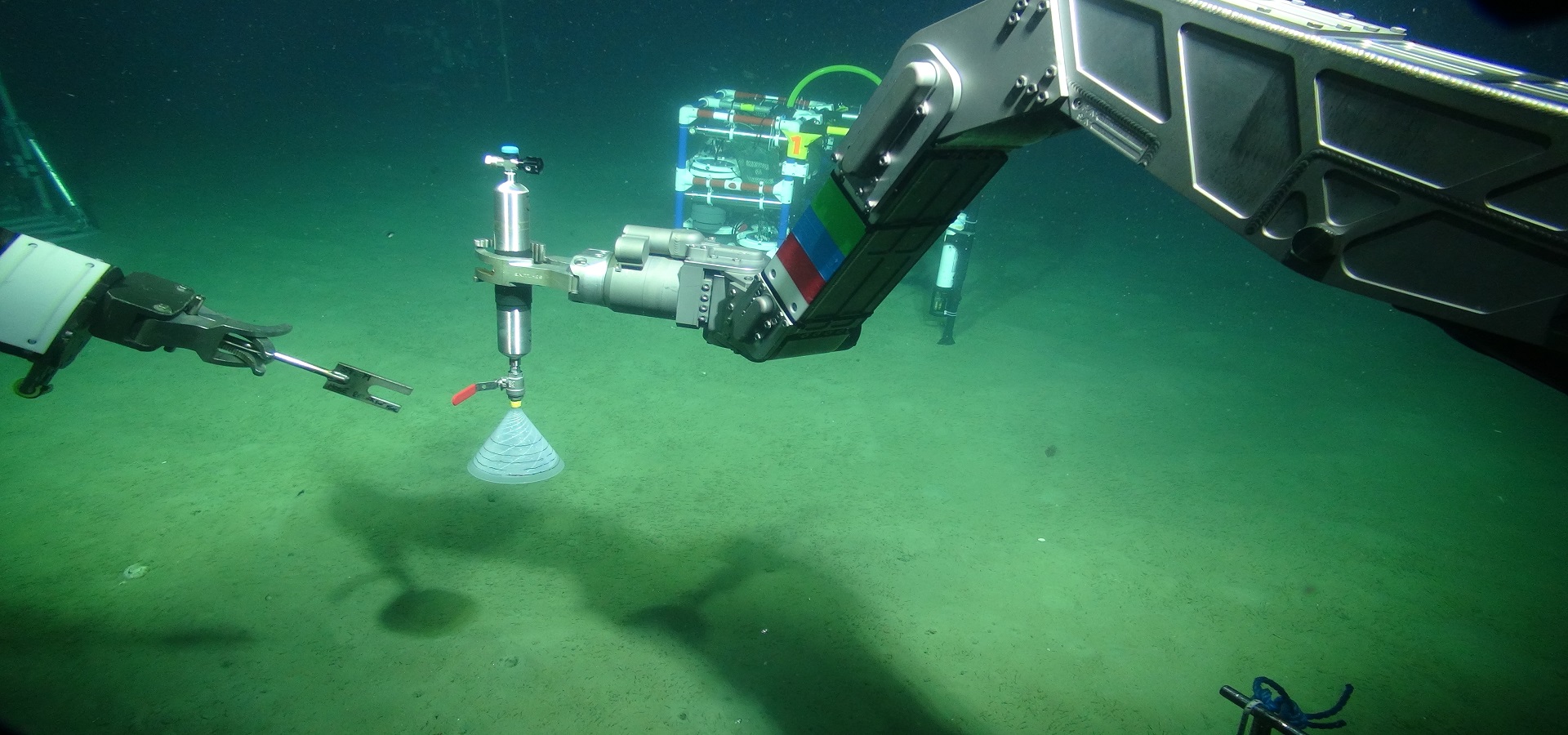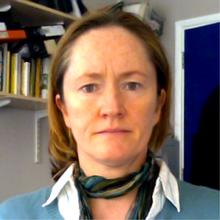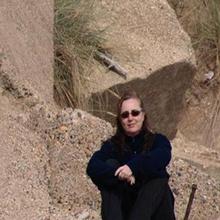The beach invader
Keeping seaweed in check
For the past decade, a prolific beach invader has wreaked seasonal havoc on idyllic beaches in the tropical Atlantic. A Southampton research team is working to understand this threat.
From the eastern coast of Mexico to the west coast of Africa – and everywhere in between – a potent-smelling seaweed known as ‘sargassum’ is devastating not only beaches, but livelihoods too. Moreover, climate change appears to be making it worse.
Since 2011, it has made its presence so prevalent that it has had researchers around the world grappling to understand where it comes from and what to do with the thousands of tons that wash up on shores every year.
Emma Tompkins, Professor of Geography, Environment and Development, is part of a team at Southampton focusing on those questions. She also has a personal interest in understanding the seaweed conundrum, as she explained: “My family emigrated to the Cayman Islands 35 years ago. I visited in 2018 and our favourite beach was covered in stinking seaweed, so much so that we couldn’t go into the sea. It was just bizarre.”
This stinking seaweed was, Emma discovered, sargassum.
“The mats of sargassum can be massive, and when it washes to shore it can pile metres high. It can be devastating. As it decomposes, it stinks, can cause skin irritation and it gives off gases that can cause breathing difficulties,” explains Emma.
It’s affecting fishermen’s ability to go out and fish in boats; it’s affecting tourism as people cannot go in the sea or on the beaches because it smells so bad; and it’s a problem for ecosystems – particularly for turtles that go to lay their eggs on beaches in the summer when sargassum is at its worst.
Back in Southampton, Emma worked with Robert Marsh, Professor in Oceanography and Climate, Dr Yue Zhang, Lecturer in Environmental Engineering, and researcher Dr Susan Hanson to understand more about sargassum, finding out both climate and oceanic drivers are behind it.
Read the full story in Re:action, the University’s research and enterprise magazine.
Related Staff Member
Related Staff Member
Related Staff Member
Related Staff Member
You may also be interested in:

Understanding microplastic pollution
Mapping microplastic pollution in UK rivers to understand our contribution to the global marine plastic crisis

Understanding rogue waves
Informing industry and improving safety at sea

The carbon conundrum
Improving confidence in carbon capture and storage



